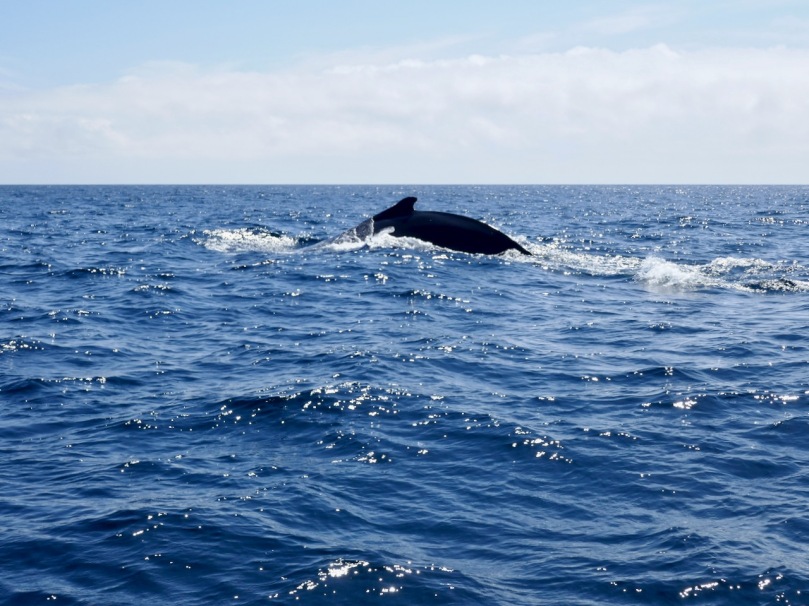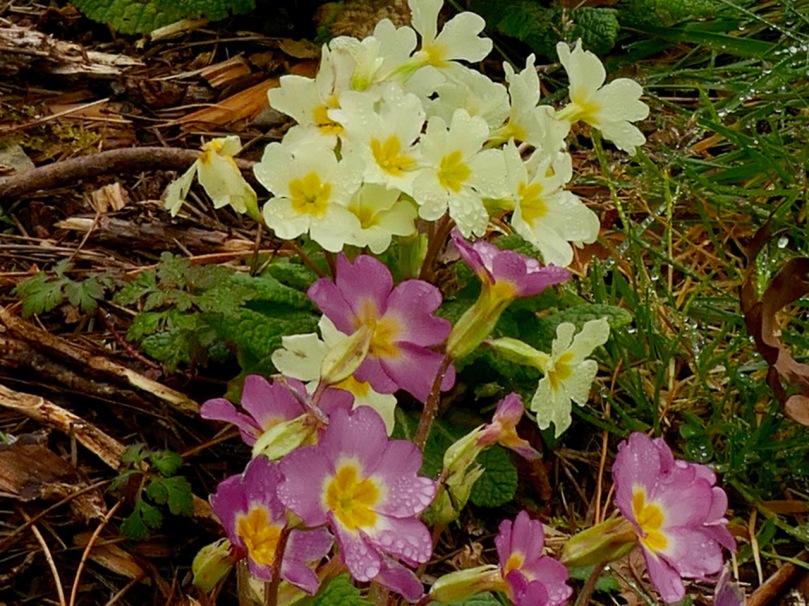To celebrate the lifting of travel restrictions within Cork county, I did something I have been meaning to do for years – I went whale watching! Thank you to my good friend Susan Byron of Ireland’s Hidden Gems for the recommendation of where to go and who to go with.
Colin Barnes (below), of Cork Whale Watch (and see their Facebook Page here) has been doing this for years and knows every large animal in these waters. For him, this is a personal passion, an academic study, and a mission to show us that we have, in our own backyard, a world-class whale watching experience.
I have been whale watching several times in Canada so I know that there is never a guarantee that you will see anything. I’ve always been impressed by the people who run these experiences, at how knowledgeable they are and how they seem to love these enormous animals. Colin fits that description to a T. From the website:
Colin Barnes has worked closely with the Irish Whale and Dolphin Group (IWDG) since 2000, and continues to assist with their scientific work. His knowledge and experience was instrumental in helping the IWDG develop their recommendations for responsible whale watching and marine eco-tourism in Ireland. Colin submits details of all cetacean and basking sharks sightings to the IWDG’s sighting scheme. He is the co-author of “Photo-identification of fin and humpback whales off the south coast of Ireland” and a number of other peer reviewed publications.
Socially distancing on board – lots of hand sanitiser in use as well
I knew that it was possible to identify Orcas in Canada by their dorsal fin patterns, but on this trip I learned that this was also the practise with Humpback Whales, except in this case the pattern scientists rely upon is that on the tail fluke. Colin was hoping for a sight of a humpback that had been hanging around off Castlehaven, as well as some Minke Whales and lots of dolphin.
The dolphins happened almost immediately we left the harbour and what a joy this was! They stayed with us almost the whole way out and back, riding the bow wave, leaping and dancing along beside us, at incredible speeds. It was mesmerising and I felt like I had a permanent smile on my face. They seem to do it for the sheer fun of it!
These are the Short-beaked Common Dolphins and they are the most frequently sighted in these waters. Worryingly, there has been a huge increase in the last few years of the number of strandings of this species and nobody yet knows what has caused this.
Passing Horse Island with its Circular tower. Although this is classed as a belvedere on the National Monumnets site, local tradition has it that it was built by a Somerville to guide his merchant ships into harbour. That’s the Toe Head Napoleonic-era signal tower in the background
I’m not great at doing videos but one of my fellow passengers, Denis O’Regan, had an underwater camera with him on a long pole and he has posted footage on his Vimeo channel. Take a look here to see how he captured some of the magic that we saw last Monday. Thank you, Denis!
A great shout went up when the first blow was spotted – it was a Humpback, just starting a dive. They dive for several minutes and you don’t know where they will come up again. But it wasn’t too far away and when it surfaced it stayed for a while, allowing us several looks at that giant shape curving through the water.
A passenger the previous day, John Holden, had posted incredible photos on Facebook of the same whale lunge-feeding – take a look at these amazing images here and here. Thank you, John, for sharing these incredible photographs so freely. I have followed your page now, and hugely admire your highly skilled photography of the natural world.
Back to my own efforts. Photography was difficult – the boat is heaving and the animals are moving fast. I did manage to capture a photo of the tail fluke (below), though, and later found out that I had a match – it was #HBIRL43, the same whale that had been feeding in this area for a few days. The ID is courtesy of the marvellous Irish Whale and Dolphin Group – a one stop shop for everything you want to know, and Dedicated to the conservation and better understanding of whales, dolphins and porpoises in Irish waters.
We sighted some Minke Whales but they were moving too fast to pose for their photos. On the return trip, Colin gave us a sightseeing tour of the islands and rocks at the mouth of the Haven, with their bird and seal populations.
Atlantic Sea Kayaking operates from the same pier at Reen that Cork Whale Watch does and this is their paddling ground. I had a magical night tour with them on Lough Hyne a few years ago, and I can see that I now need to do some daylight padding around these rocks and caves.
Thank you, Colin Barnes and Cork Whale Watch for a marvellous experience. I don’t know what took me so long!


















































































